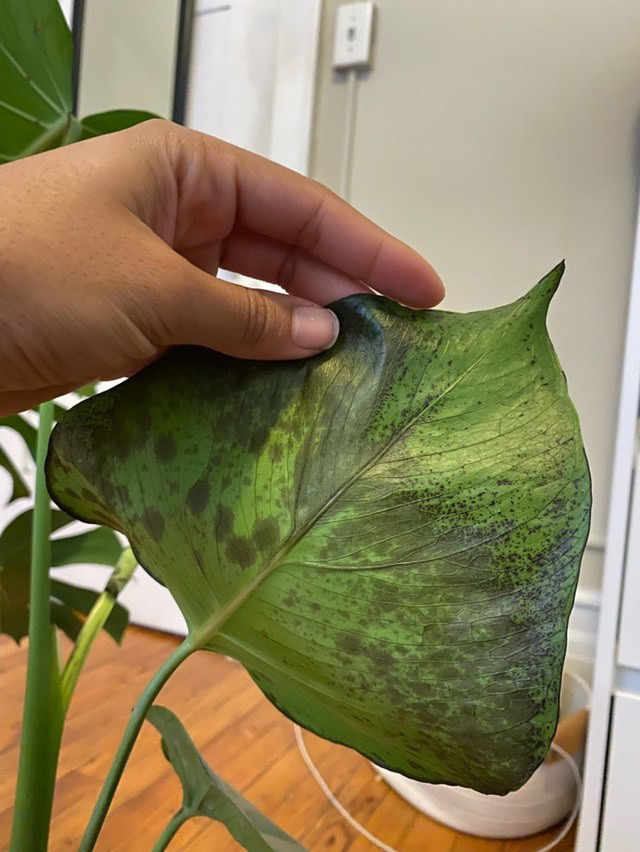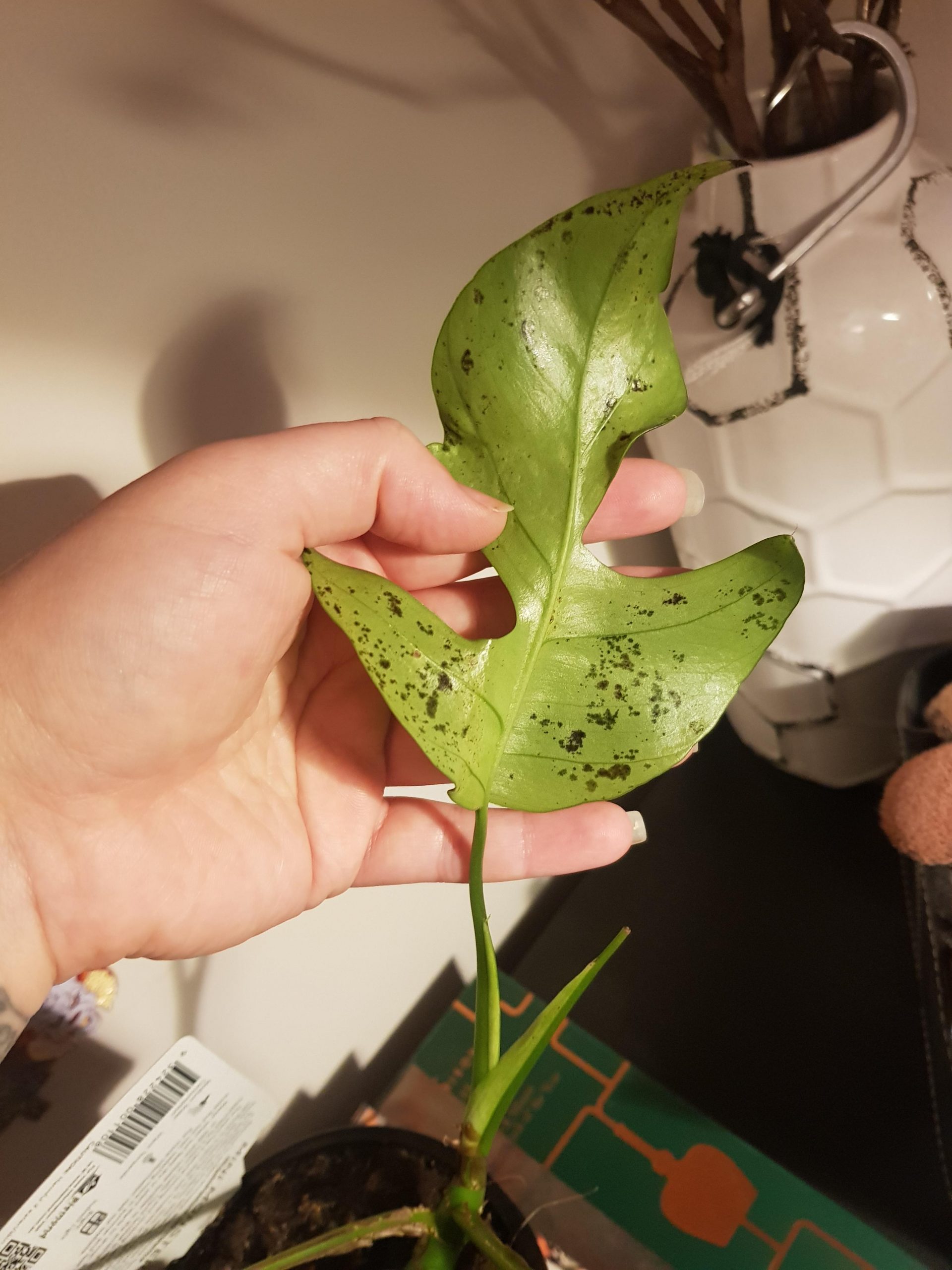To fix black spots on Monstera, you can gently wipe the leaves with a damp cloth to remove dust and dirt buildup. Additionally, ensure the plant gets indirect sunlight and sufficient watering to prevent dehydration.
These steps will help restore the Monstera’s health and eliminate black spots, keeping it vibrant and thriving. A Monstera, also known as the Swiss cheese plant, is a popular indoor houseplant loved for its large, glossy leaves and unique hole patterns.

Credit: www.ohiotropics.com
However, black spots can sometimes appear on the leaves, indicating various issues such as fungal diseases, overwatering, pests, or nutrient deficiencies. By following the recommended steps, you can effectively address and resolve black spots, helping your Monstera thrive in its environment.
How to Fix Black Spots on Monstera : Step by Step Guide
Understanding The Cause Of Black Spots
Black spots on Monstera leaves can be caused by various factors. One possible culprit is overwatering, which can lead to root rot due to insufficient drainage. This occurs when the plant’s roots are constantly exposed to excess moisture. Environmental factors such as high humidity or extreme temperatures can also contribute to the formation of black spots.
Additionally, pest infestation, particularly by spider mites or aphids, can cause damage to the leaves, resulting in black spots. To fix this issue, it is important to adjust the watering routine, ensuring the plant receives adequate but not excessive moisture.
Checking and improving drainage is essential to prevent root rot. Maintaining a suitable environment and regularly inspecting the plant for any pests are also crucial steps in resolving the problem of black spots on Monstera leaves.
Identifying And Treating Black Spots
Black spots on Monstera plants can be a sign of overwatering. Excessive moisture leads to root rot. To fix this issue, first check for signs of overwatering, like yellowing leaves or a foul smell. If root rot is present, it’s important to diagnose it early.
Remove affected roots and repot the plant in fresh, well-draining soil. Environmental factors, such as too much sunlight or drafts, can also cause black spots. Adjusting the plant’s location can help. Additionally, pest infestations can lead to black spots. Inspect the plant for insect activity and treat accordingly.
Remember to maintain proper watering and avoid overwatering in the future. By addressing these issues, you can fix black spots on your Monstera and keep your plant healthy and thriving.
Preventive Measures For Healthy Monstera Plants
Fixing black spots on Monstera plants involves implementing preventive measures for their overall health. Establishing a proper watering routine is crucial. Adequate drainage should be ensured to prevent waterlogging. Maintaining optimal environmental conditions, including temperature and humidity, is vital. This helps to avoid stress and encourage healthy growth.
Monitoring light exposure and avoiding direct sunlight is also essential. Regularly inspecting the plants for pests and diseases ensures early detection and timely treatment. By following these guidelines, you can enjoy a vibrant and thriving Monstera with minimal black spots.
Frequently Asked Questions Of How To Fix Black Spots On Monstera
What Causes Black Spots On Monstera Leaves?
Black spots on Monstera leaves are usually caused by overwatering, fungal infection, or excessive direct sunlight.
What Are The Dark Spots On My Monstera?
The dark spots on your Monstera may be caused by overwatering, insufficient light, or leaf disease.
Can Black Monstera Leaves Recover?
Yes, black Monstera leaves can recover with proper care, including adjusting watering and light conditions.
Should I Cut Black Leaves On Monstera?
Yes, you should cut black leaves on Monstera to promote plant health and encourage new growth.
Conclusion
To effectively fix black spots on your Monstera plant, it is crucial to understand the underlying causes and implement proper solutions. Start by assessing your watering routine and ensuring that you are providing the plant with the right amount of moisture.
Overwatering can lead to root rot and the manifestation of black spots. Additionally, examine the lighting conditions your Monstera is exposed to. While it enjoys bright, indirect light, direct sunlight can scorch its leaves, resulting in black spots. Pruning diseased leaves and providing adequate air circulation can also help prevent the spread of infections and fungal diseases that cause black spots.
By staying vigilant and making necessary adjustments to the plant’s care, you can restore your Monstera’s health and beauty. Remember, a little extra attention can go a long way in maintaining a thriving Monstera.

